
Nearly $1.5 billion in refunds remain unclaimed because some people haven’t filed their 2019 tax returns yet. Under the law, taxpayers usually have three years to file and claim their tax refunds. If they don’t file within three years, the money becomes the property of the U.S. Treasury.
However, for 2019 tax returns, people have more time than usual to file to claim their refunds. Normally, the filing deadline to claim old refunds falls around the April tax deadline, which is April 18 this year for 2022 tax returns. But the three-year window for 2019 unfiled returns was postponed to July 17, 2023, due to the COVID-19 pandemic emergency. Taxpayers who don’t file could be missing out on an average median refund of $893 for 2019, according to the IRS.
These unclaimed refunds could include more than just a refund of taxes withheld or paid during 2019. Many low- and moderate-income workers may be eligible for the Earned Income Tax Credit (EITC). For 2019, the credit was worth as much as $6,557. The EITC helps individuals and families whose incomes are below certain thresholds. Those who are potentially eligible for EITC in 2019 had incomes below:
- $50,162 ($55,952 if married filing jointly) for those with three or more qualifying children,
- $46,703 ($52,493 if married filing jointly) for people with two qualifying children,
- $41,094 ($46,884 if married filing jointly) for those with one qualifying child, and
- $15,570 ($21,370 if married filing jointly) for people without qualifying children.
Taxpayers should note that for those seeking a 2019 tax refund, their checks may be held if they have not filed tax returns for 2020 and 2021. In addition, the refund will be applied to any amounts still owed to the IRS or a state tax agency and may be used to offset unpaid child support or past-due federal debts, such as student loans.










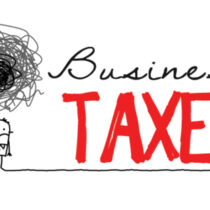













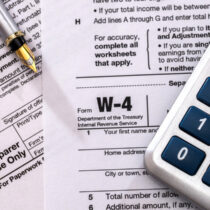









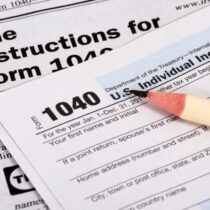
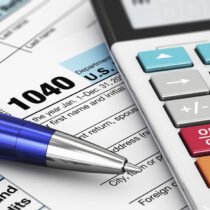





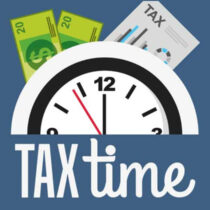


Comments are closed.